The cruise sector has been called into question in recent years on more than one occasion, due to the impact it can have on the environment. Hence, more and more, and as has happened with the airlines, maritime companies have put their batteries to propose sustainable alternatives to the classic ships. We are especially interested in those that, as is the case with Northern Xplorer, address the concept of travel in a global way.
Your idea? Travel “off the beaten track”, connecting passengers with unique places in the Nordic countries in a personal way, aboard a zero-emission luxury cruise ship that opens the door to communities and natural attractions. It is one more step in the so-called "experience tourism"; Under the slogan "Destination Discovery", the company aims to encourage responsible travel with a minimal footprint on the environment.
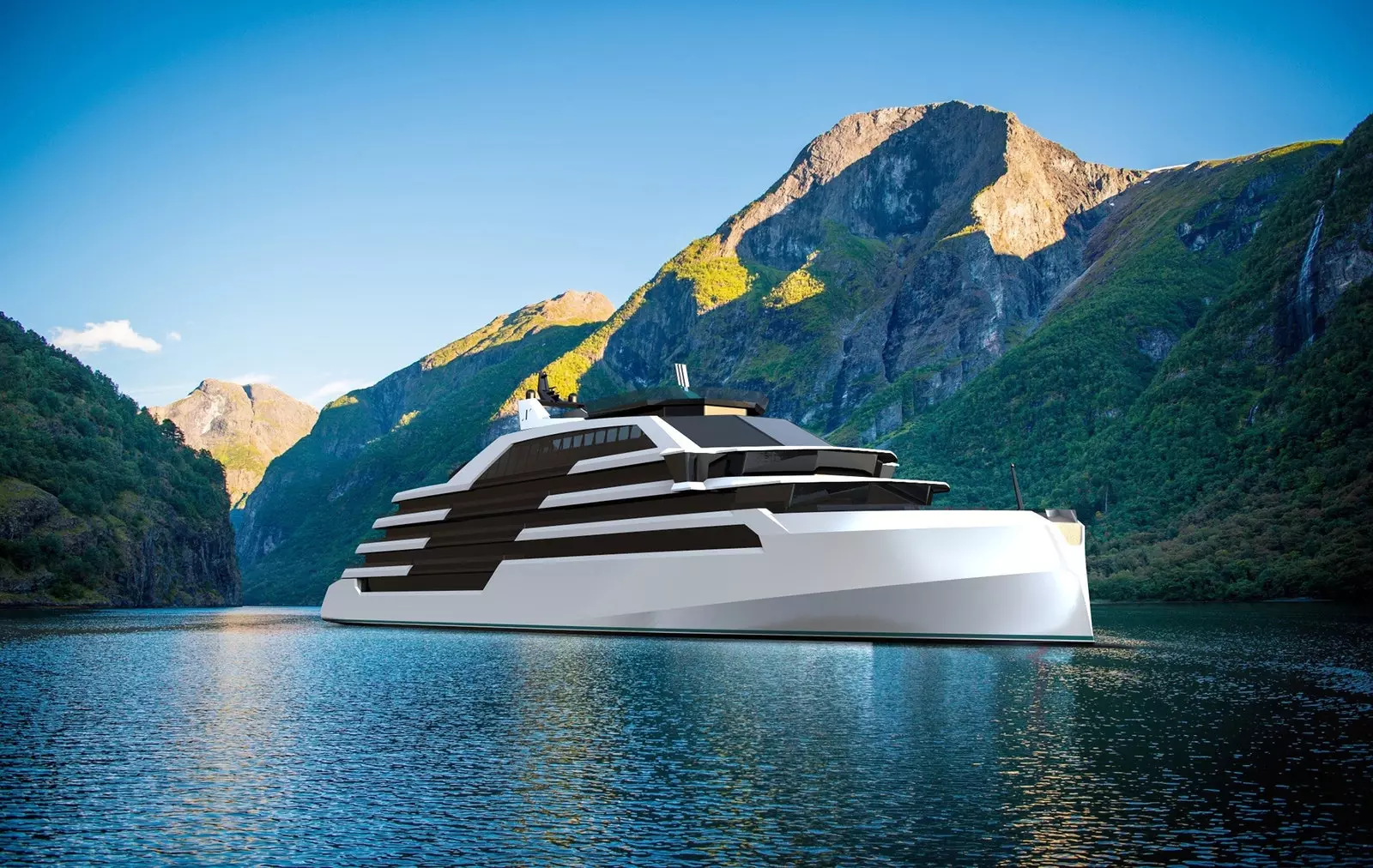
The Northern Xplorer project.
The future expansion of the company would mean a gateway to other European destinations, both coastal and inland waterways. And it is that things are changing, and that is how it should be: in Norway, for example, a new government regulation that will come into force from 2026 will make it mandatory the elimination of emissions in the World Heritage Sites of Geirangerfjord and Nærøyfjord.
A series of 14 boats with capacity for 300 passengers, distributed in 150 cabins and with about 100 crew would make up the project. The ships will have clean technologies, such as all-electric propulsion, battery energy storage, hydrogen fuel cells and auxiliary supply of renewable energy (wind and solar). They will also have advanced LADAR technology to detect marine plastic waste and raise awareness about maritime pollution.
Rolf Sandvik, CEO of Northern Xplorer –With long experience in other maritime companies and creator of the ecological travel agency The Fjords–, he has answered all the questions to Condé Nast Traveler about this initiative.
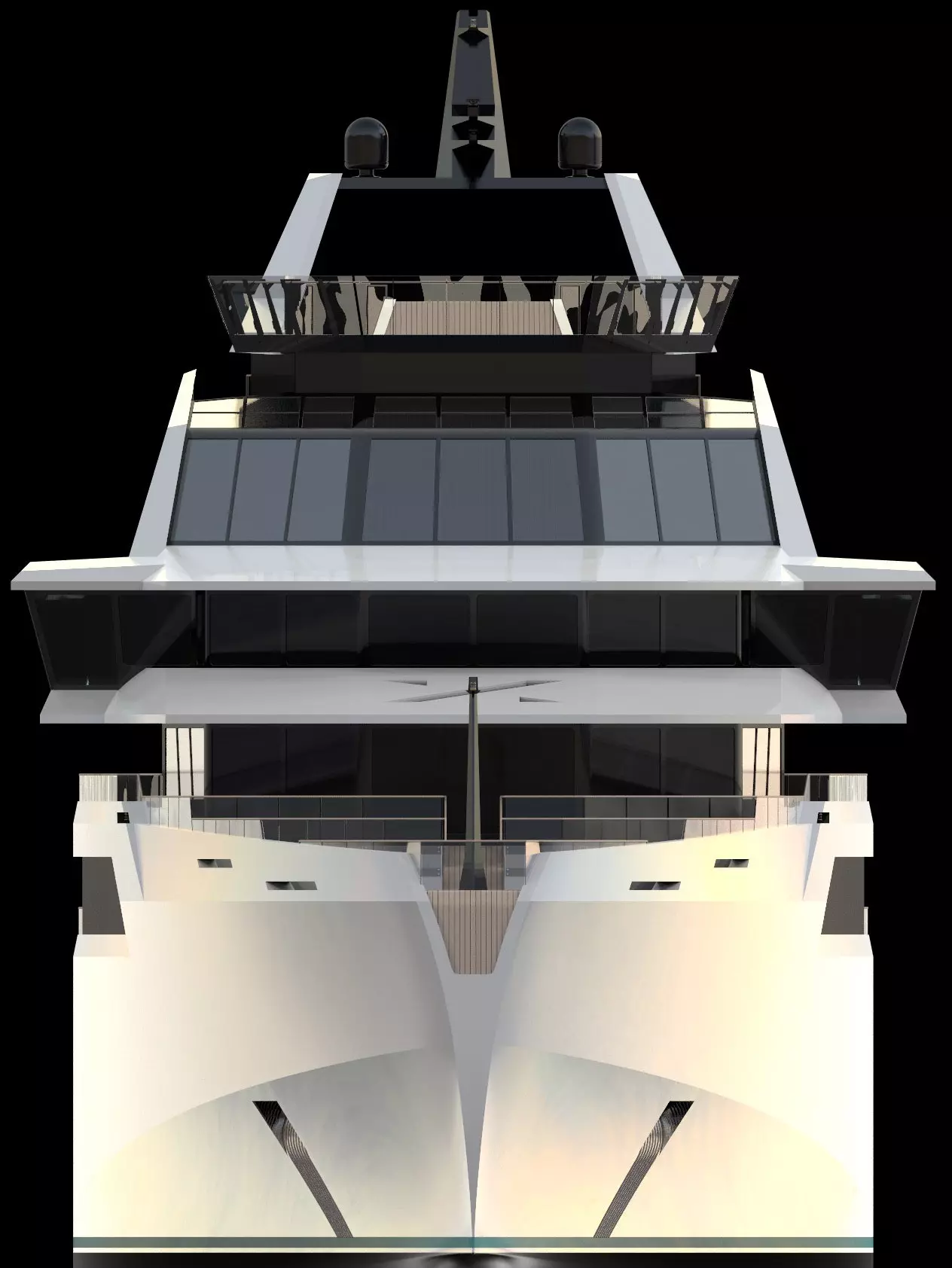
Northern Xplorer boats are 100% environmentally friendly.
What has been the hardest thing to get up and running for this project?
The original idea was to launch Northern Xplorer in the spring of 2020, but Covid arrived. Although it seemed like a serious blow to our plans, in the end the pandemic was an incentive. It gave us pause to review and refine the design of the ships, incorporating even more and better technology, for example, an improved HVAC system that will minimize the risk of spreading viruses and a safer boat overall.
Also, before the pandemic hit, there was almost zero space in the shipyards, which was a clear challenge in terms of shipbuilding alone. Due to the restructuring of the industry, nowadays there is much more availability, so it has benefited us again. Starting any large company with limited resources is always a challenge. We have started discussions with forward thinking investors and we are very determined to get there on the basis of a very strong business.
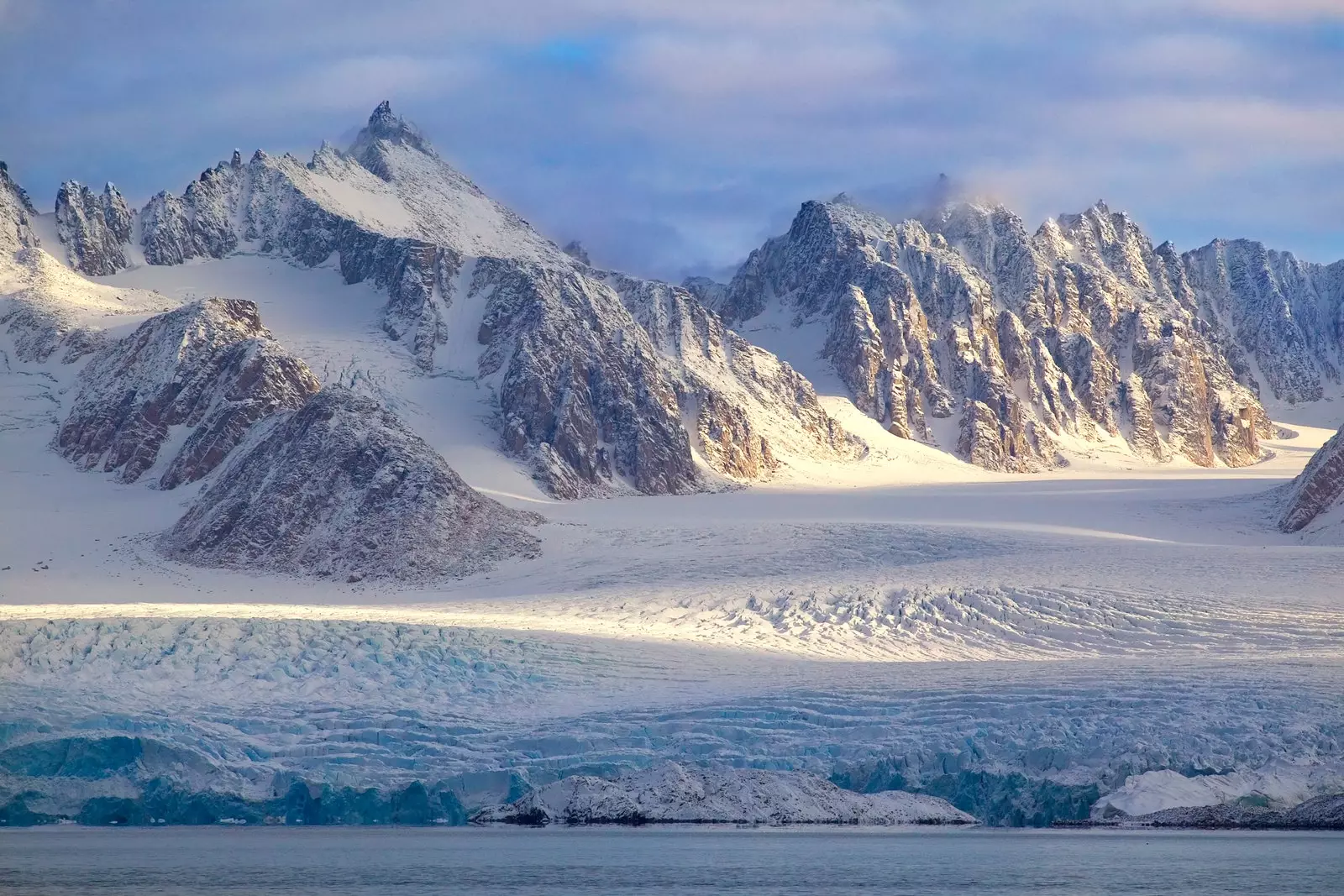
Svalbard, Norway.
How did the idea come about?
We saw the tourist overpopulation of the ports as a great challenge for the industry in the future. The unsustainable focus over the last 20 years on making ships bigger and bigger has outpaced what the infrastructure on land could absorb no negative effects on the visitor experience. Being one of the six or seven thousand tourists who crowd into a small town, not only in Norway but also in other parts of the world, does not bring you closer to the people who live there; most of us just feel alienated in such a situation. Ships must be sized appropriately for the ports they visit.
We also detect a growing demand from travelers for a more exclusive and intimate experience of the countries and cultures they visit. Exploring for us means getting closer to the local culture and customs. We are also increasingly aware of the carbon footprint caused by our holidays. There is a mismatch between these trends and what is actually available.
There has also been a clear lack of focus on zero emissions in vulnerable areas. New regulations for emission-free maritime traffic in Norway's World Heritage fjords, starting in 2026, have been the boost the project needed. With this we have seen a market opportunity that is not covered by the main cruise lines.
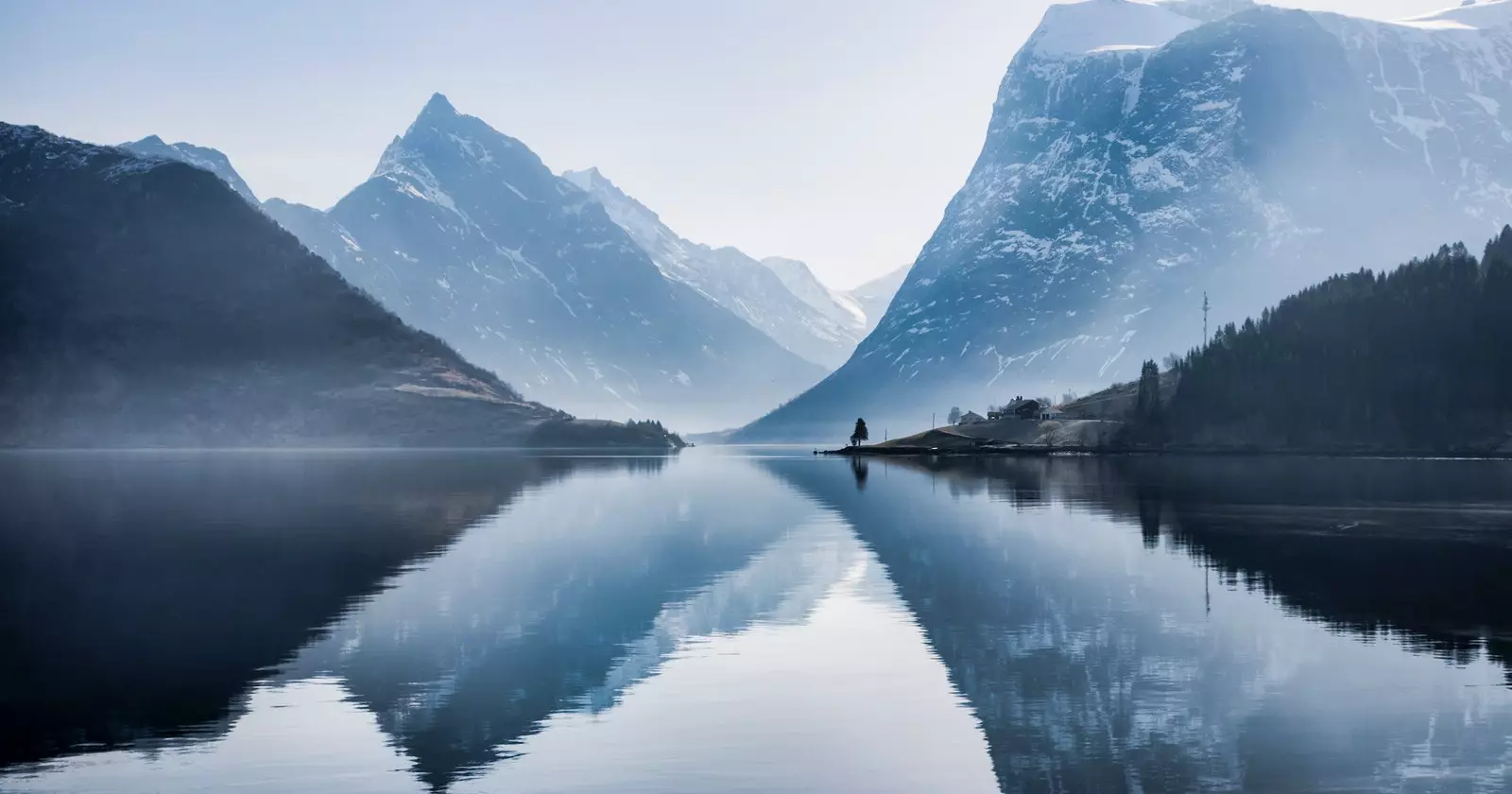
The idyllic landscape of the fjords of the Norwegian archipelago of Sunnmøre.
Pandemics aside, people are not going to stop traveling; we will always want to break down the barriers that separate continents, countries and cultures. It is in our nature. So we took the opportunity to build a niche cruise line with reasonably sized ships that can travel on fjords and rivers not transited by traditional river cruises or ocean going vessels. Our product is positioned in the space between river and sea cruises, which is a territory that is currently unoccupied.
Did you have any role models? What was the inspiration?
I can name two inspiring models that are common to me and my colleagues. First up is the indomitable Torstein Hagen, founder of Viking Cruises. He spotted and capitalized on a market opportunity in river cruises and built the company practically from scratch. We admire what he has accomplished.
The next is another Norwegian, Knut Utstein Kloster, who died in 2020. He would say that he was the greatest innovator in the cruise industry to this day. When he was a child, I clearly remember when he bought the SS France and converted it to the SS Norway for NCL.
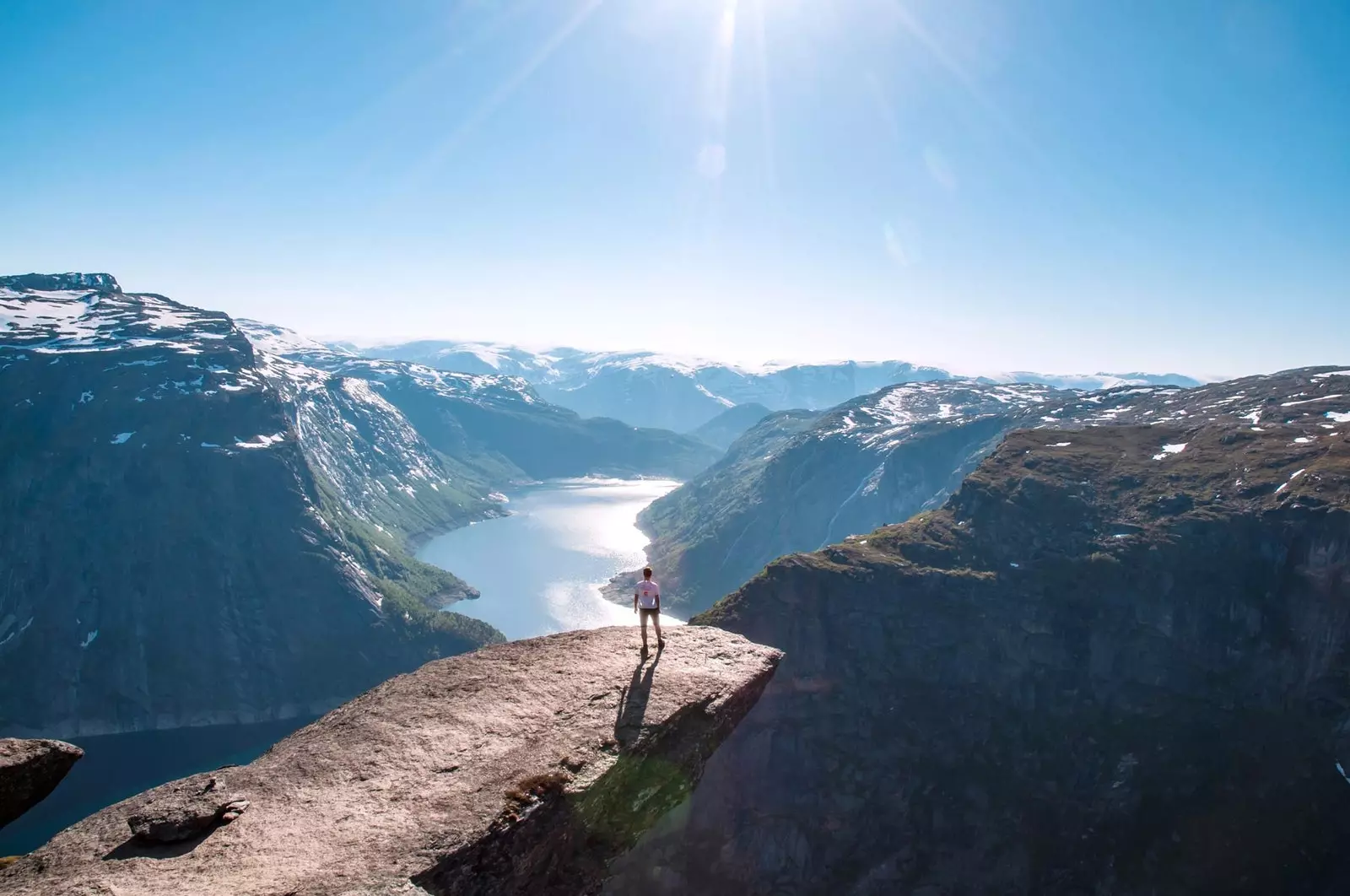
Trolltunga (Norway).
How did you decide the routes and scope of the project, based on what criteria?
Our focus is on the Nordic region: the Norwegian coast, the Swedish east and west coasts and the Baltic countries. We have planned our routes based on the available coastal infrastructure. This is key to zero emissions because we need dock power to charge the battery. We are at the forefront in this area in Scandinavia, but also a similar infrastructure will increasingly be implemented in Europe.
What will the ships be like inside, how many categories of tickets will there be and at what prices?
The interiors of the boats will have a contemporary Nordic design: cozy and warm in winter, cool and airy in summer. We are placing great emphasis on the high comfort of the indoor and outdoor common areas to fully enjoy the Nordic landscape in all seasons, whether under the midnight sun or of course the northern lights in winter. Other highlights will be a spectacular spa, including direct access to the ship's deck, and an overwater sauna (to bathe in the ice of the Barents Sea!), a panoramic bar and excellent dining spaces.
The kitchen is also an important part: we want to show the best of the Nordic countries. We want a supply from local producers, not trucked-in groceries, flown in from the other side of the world. That is not sustainability in practice.
With regard to banknotes, we have drawn eight categories based on cabin sizes and locations within the ship. Despite offering a luxury Nordic experience, we will be reasonably priced, not as expensive as other luxury brands. You won't have to sell your family heirlooms to become a Northern 'Xplorer'!
Will you expand the geographical scope soon?
Yes. We are planning 14 boats, so the natural growth path for us is Europe, for example Croatia, Monaco, the French Riviera and other points in the Mediterranean where green energy is available or stricter emissions regulations are introduced. As part of regular operations, We promise not to connect to charging stations that supply electricity from coal or oil-fired power plants.
What will be the main ports of Northern Xplorer?
Our main ports in the Nordic countries will be those with rail connections. In Norway, for example, that means Oslo, Bergen, Åndalsnes, Flåm, Bodø, Stavanger, and Kristiansand. Of course, we are aware that guests will be flying into major airports, but after that we want them to experience the journey with as little footprint as possible.
We plan to implement a 'Train-Sea' program between return ports so that guests can travel, for example, on the Bergensbanen, which has been voted the most beautiful train ride in the world. We also hope to implement electric buses to transport guests, for example, between Åndalsnes and Ålesund.
The smaller ports can be anything in between. There are many towns and cities that are ignored by the cruise industry today: we want to go deeper and allow guests to explore the unique charm of these destinations.
When it comes to air travel, we will examine the airlines to see who has the newest and most fuel efficient planes, as well as carbon offset programs, and we will recommend these operators to our travelers.
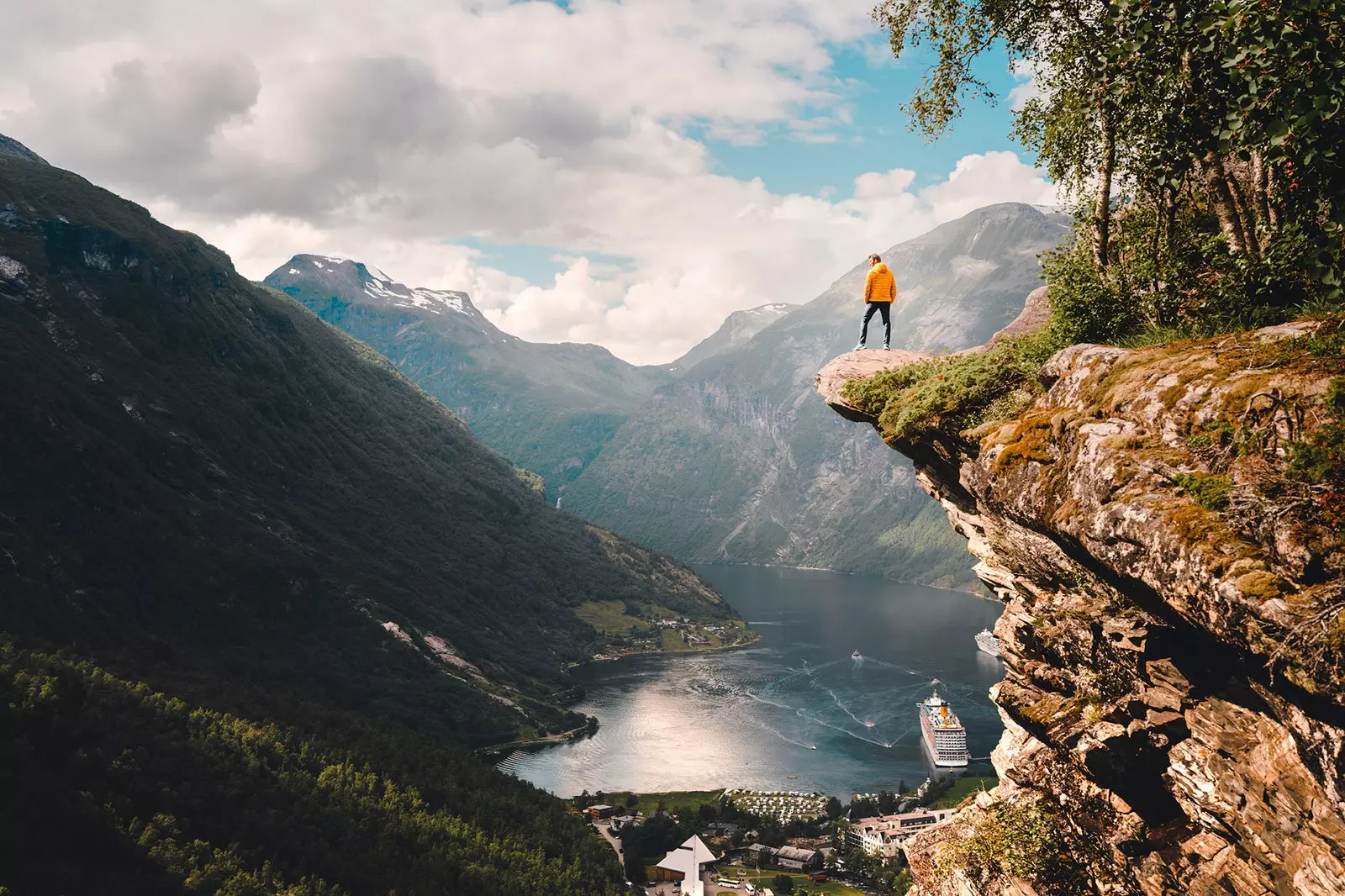
Norway.
Please tell us more details about the sustainable aspect of the proposal.
Our ships will have all-electric propulsion, battery energy storage and hydrogen fuel cell technology, in addition to having optimized performance for maximum energy efficiency.
The project is economically sustainable with the prospect of generating consistent returns. It is manageable, realistic and socially sustainable by providing great value for money and driving value creation for stakeholders, including local communities. In addition, we are fully committed to diversity and inclusion with full transparency. We believe that Northern Xplorer will provide the kind of ships that future cruise tourists really want, as well as being a fantastic place to work if you are part of the crew.
Another sustainable aspect is our focus on waste management and the promotion of the circular economy. using recycled and recyclable materials as much as possible, from recycled content in the metal superstructure to eco-friendly textiles. We will not be an operator that sells so-called green trips to the Arctic or Antarctica, where there are no green energy sources available. We consider that charging batteries from non-green sources does not make sense. We are committed to being transparent in everything we do, which is why the life cycle assessment of our offering is important to us.
When will it come true?
Our objective is start operations with our first ship in late 2024 or early 2025. In the meantime, we plan to reach out to the travel industry later this year.
What are the advantages of approaching the project in this way?
The advantage of building a zero emission cruise line is that there are no legacy assets, no history, and no peculiar guest expectations. We are starting a blank slate, not trying to fill existing ships with hybrid solutions. This gives us the opportunity to think out of the box, where we can create a completely new experience.
Sustainability is integrated both on board and ashore. Choosing, as we have done, to use a ship design company, Multi Maritime AS, which had not designed cruise ships before, also means bringing a new look and fresh ideas. We are all very happy with the end result.
Another advantage is that two of us have already successfully carried out a similar, but more modest, project before. We introduced the world's first battery-powered tour boats for The Fjords travel company, where I was CEO. Vision of the Fjords (built 2016) and Future of the Fjords (built 2018) can accommodate up to 400 passengers on quiet, pollution-free journeys on the Nærøyfjord, declared a World Heritage Site by Unesco, and both won the 'Ship of the Year' award during the SMM maritime fair in Hamburg, Germany, in their respective years of delivery.
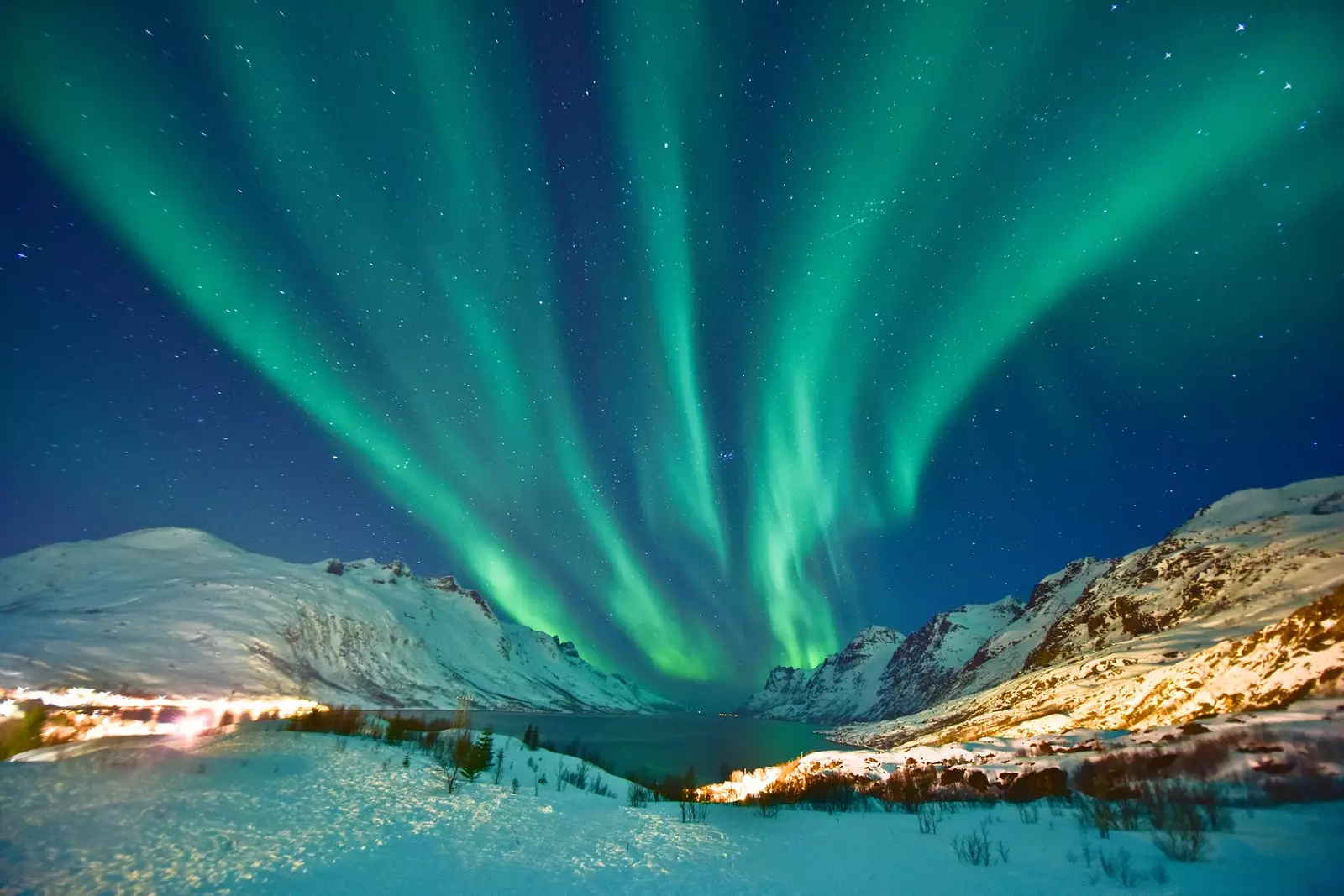
The spectacular views of the northern lights in Tromsø (Norway).
The big difference that our company offers is that minimizing the CO2 footprint of your vacation will give everyone who chooses to travel with us the great feeling that they have not caused harm to the planet. They will return home after having visited unique places as "guests" of local residents rather than as voracious tourists.
Collectively, we have a deep insight into cruise operations, including the technical side. From my days at NCL I understand how a large ship is operated and outfitted, while working at Crystal Cruises taught me the requirements of six-star service. This experience puts us in a remarkable position to understand what kind of ship we would like to sail. Maybe one day I'll even be able to travel as a captain aboard a Northern Xplorer ship. That would be immensely rewarding.
